Add Movement to the School Day to Boost Student Physical Activity and Learning
SHAPE America
OCTOBER 10, 2023
It’s simply not enough movement, especially for kids who are less involved in extracurricular sports. As the American College of Sports Medicine puts it, Exercise is Medicine. They perform better on standardized and functional assessments. HPE teachers already have it figured out!

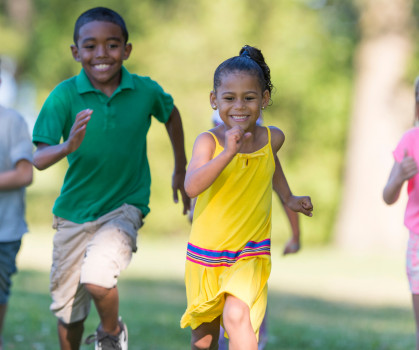
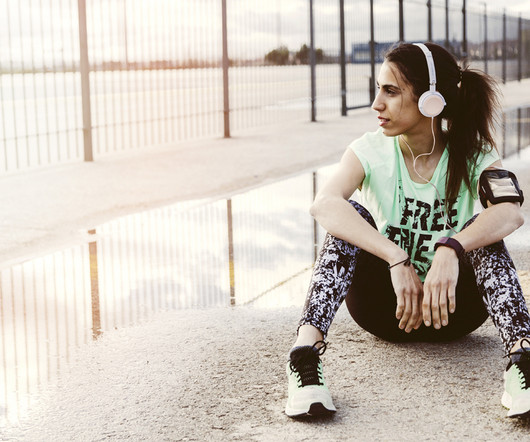
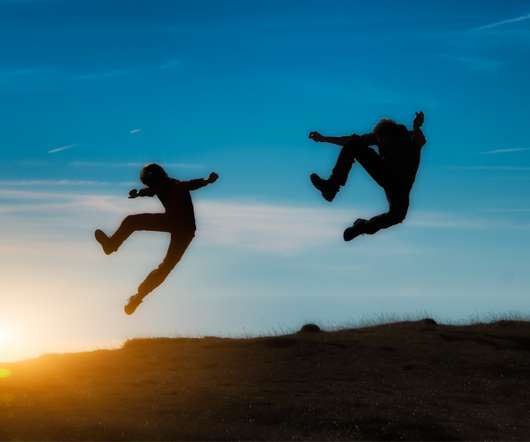
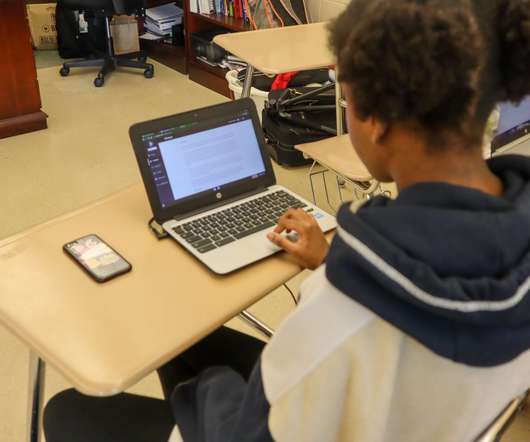
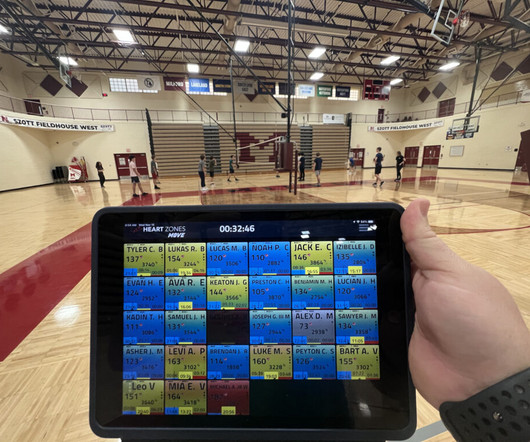
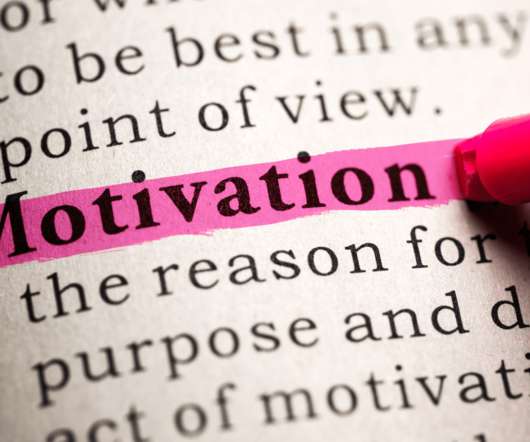
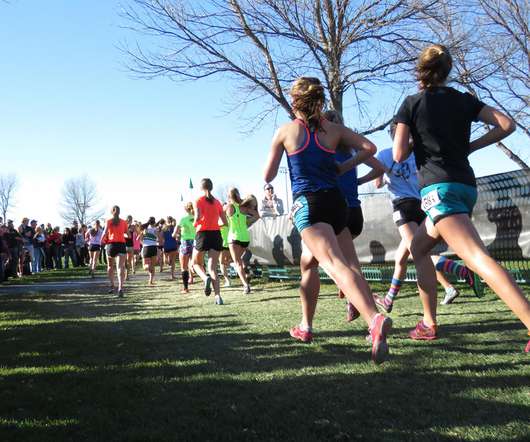
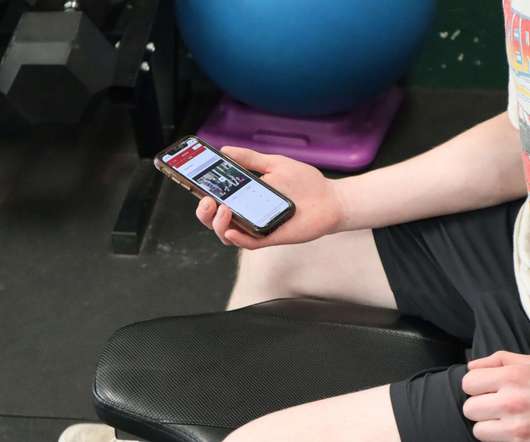
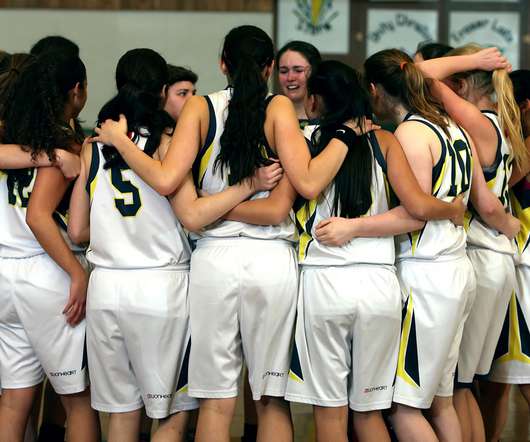
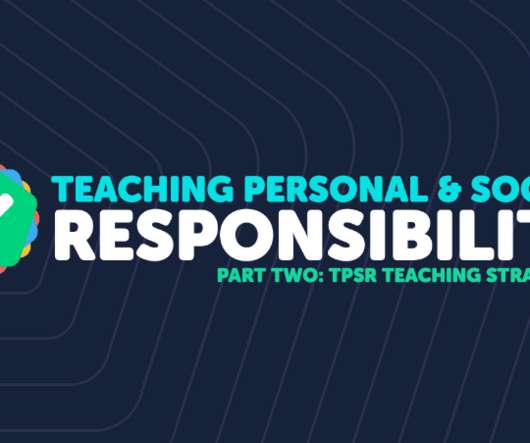
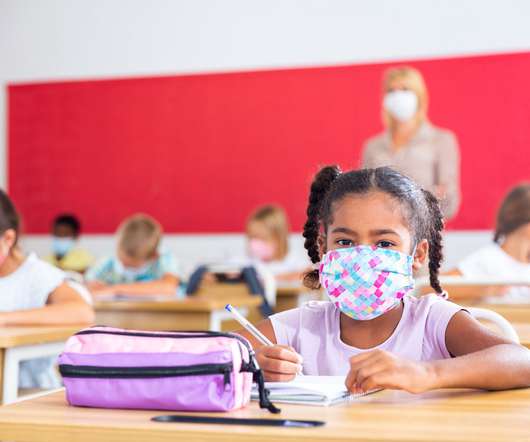

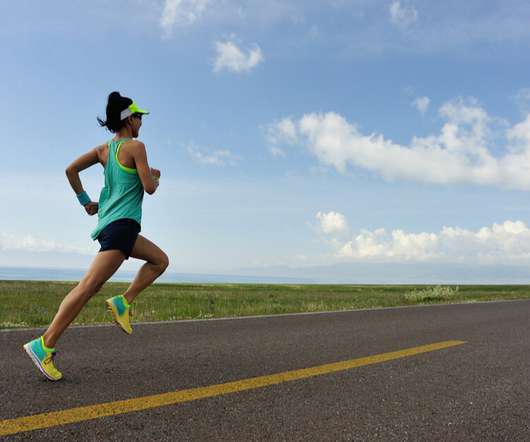






Let's personalize your content